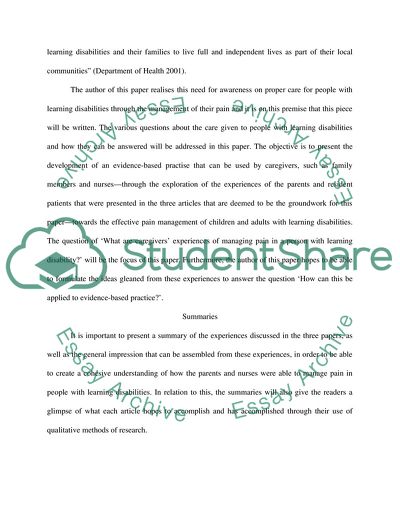Cite this document
(An Appraisal of Qualitative Methods in Pain Management of People with Coursework, n.d.)
An Appraisal of Qualitative Methods in Pain Management of People with Coursework. https://studentshare.org/nursing/1717695-appraising-evidence-for-practice-research-methods-learning-disability-nursing
An Appraisal of Qualitative Methods in Pain Management of People with Coursework. https://studentshare.org/nursing/1717695-appraising-evidence-for-practice-research-methods-learning-disability-nursing
(An Appraisal of Qualitative Methods in Pain Management of People With Coursework)
An Appraisal of Qualitative Methods in Pain Management of People With Coursework. https://studentshare.org/nursing/1717695-appraising-evidence-for-practice-research-methods-learning-disability-nursing.
An Appraisal of Qualitative Methods in Pain Management of People With Coursework. https://studentshare.org/nursing/1717695-appraising-evidence-for-practice-research-methods-learning-disability-nursing.
“An Appraisal of Qualitative Methods in Pain Management of People With Coursework”. https://studentshare.org/nursing/1717695-appraising-evidence-for-practice-research-methods-learning-disability-nursing.


